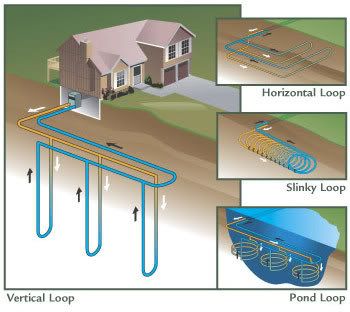EDGAR Online via COMTEX) --
ITEM 7. MANAGEMENT'S DISCUSSION AND ANALYSIS OF FINANCIAL CONDITION AND RESULTS OF OPERATIONS
You should read the following discussion and analysis of our results of operations, financial condition and liquidity in conjunction with our consolidated financial statements and the related notes. Some of the information contained in this discussion and analysis or set forth elsewhere in this annual report including information with respect to our plans and strategies for our business, statements regarding the industry outlook, our expectations regarding the future performance of our business, and the other non-historical statements contained herein are forward-looking statements. See "Cautionary Note Regarding Forward-Looking Statements". You should also review Item 1A - "Risk Factors" for a discussion of important factors that could cause actual results to differ materially from the results described herein or implied by such forward-looking statements.
We are a leading vertically integrated company engaged in the geothermal and recovered energy power business.
- We design, develop, build, own, and operate clean, environmentally friendly geothermal and recovered energy-based power plants, in most cases using equipment that we design and manufacture.
- Our geothermal power plants include both power plants that we have built and power plants that we have acquired, while all of our recovered energy-based plants have been constructed by us.
We conduct our business activities in two business segments, which we refer to as our Electricity Segment and Products Segment.
- In our Electricity Segment, we develop, build, own, and operate geothermal and recovered energy-based power plants in the United States and geothermal power plants in other countries around the world and sell the electricity they generate.
- In our Products Segment, we design, manufacture and sell equipment for geothermal and recovered energy-based electricity generation, remote power units and other power generating units and provide services relating to the engineering, procurement, construction, operation and maintenance of geothermal and recovered energy power plants.
Both our Electricity Segment and Products Segment operations are conducted in the United States and throughout the world.
Our current generating portfolio includes geothermal plants in
- the United States,
- Guatemala,
- Kenya,
- Nicaragua
- New Zealand,
as well as recovered energy generation (REG) plants in the United States.
During the years ended December 31, 2008 and 2007, our U.S. power plants generated
- 2,266,422 MWh and
- 1,994,263 MWh, respectively.
For the year ended December 31, 2008, our Electricity Segment represented approximately 73.2% of our total revenues, while our Products Segment represented approximately 26.8% of our total revenues during such year.
For the year ended December 31, 2008, our total revenues increased by 16.5% (from $296.0 million to $344.8 million) over the previous year. Revenues from the Electricity Segment increased by 16.8%, while revenues from the Products Segment increased by 15.8%.
For the year ended December 31, 2008, total Electricity Segment revenues from the sale of electricity by our consolidated power plants were
- $252.3 million, as compared to $216.0 for the year ended December 31, 2007.
- In addition, revenues from our 50% ownership of the Mammoth Project were $9.6 million for the year ended December 31, 2008.
This additional data is a Non-Generally Accepted Accounting Principles (Non-GAAP) financial measure as defined by the SEC. There is no comparable GAAP measure.
Management believes that such Non-GAAP data is useful to the readers as it provides a more complete view on the scope of the activities of the power plants that we operate. Our investment in the Mammoth project is accounted for in our consolidated financial statements under the equity method and the revenues are not included in our consolidated revenues for the year ended December 31, 2008.
For the year ended December 31, 2008, revenues attributable to our Products Segment were $92.6 million, as compared to $80.0 million during the year ended December 31, 2007, an increase of 15.8%. Most of the increase in revenues was derived from two large geothermal projects, the Blue Mountain project in Nevada and the Centennial Binary Plant in New Zealand.
See Full Article @ MarketWatch.com
